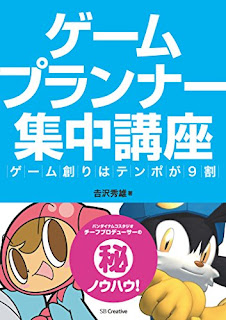4 week project

Brief introduction To start the 4 week project, I was wondering to make something like Room Escape games(such as the Cube Escape ), and the memory of my childhood that I used to seek things and hide them during my summer holiday when I stayed at home alone and my parents all went to work comes with me. Thus I make it to seek things and hide them in former state in the house. It has 30 levels corresponded to a 30-day summer holiday, players can do homework, read comic books, play video games, watch TV, have some snacks while parents are out at work. But they will check your homework and the stock of snacks, so players have to make balance between entertainment and study, otherwise it will comes with bad end. - Theme: simulate a home-stay summer holiday - Concept: seek and hide objects, select event trigger - System: click and drag objects, variable counting Flowchart Flowchart 1 Flowchart2 The former one is what I prepare before creating the game, and the latest one is the f...
